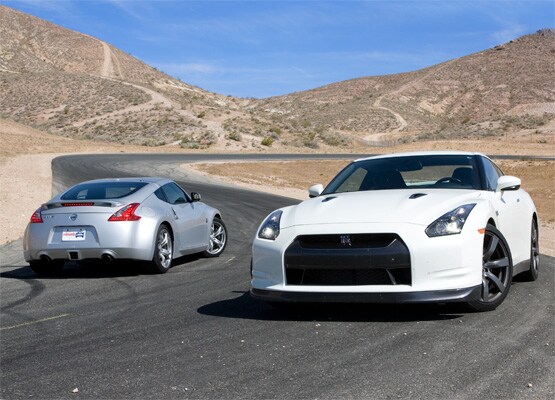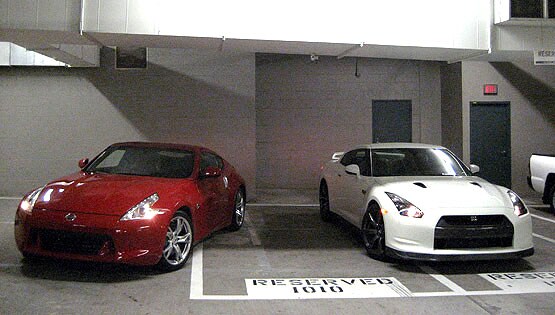Long-Term Quality: How consumers sometimes pay the price

A few years ago, statistician Nick Lariviere and I started monitoring rarely reported automotive industry data. This eventually turned into the Long-Term Quality Index. We now have well over 950,000 data samples from throughout the United States. All the vehicles in the study are either inspected by certified mechanics or professional car buyers. There is no brand bias from new car dealers who may conceal or deny a known defect, and no ownership bias from car owners who may not know or admit to the fact that their once-cherished chariot is now a ticking money bomb.
Our findings help consumers avoid these used-car money traps and, in a few unique cases, get out from a bad car before the hidden defect starts to take hold. Let me offer you a real-world case that consists of not one but two different models from the same manufacturer – the Nissan Pathfinder and the Nissan Xterra.
Back in 2005, Nissan introduced a new 4.0-liter V6 engine and five-speed automatic for these two models, which also included a new design for the radiator and the radiator cooling tank. Over time, the radiator cooling tank would start to crack and coolant would contaminate the automatic transmission fluid. This leak would eventually destroy the transmission – well after Nissan's warranty period had expired. The problem was so endemic for Nissan Pathfinder and Xterra owners that CarComplaints.com registered this defect as the most frequently reported issue for the Pathfinder and the Xterra by a wide margin from 2005 through 2007.
In the graphs below, we have separated 7,370 Pathfinders and Xterras that were traded in to independent car dealerships across the country and compared them to 42,781 midsize SUVs that currently make up the overall industry average. Each graph shows how these two Nissan SUVs compared with the industry average for each model year, from 2003 to 2008.
As the top two graphs show, back in 2003 and 2004 the Pathfinder and Xterra had exceptional transmission longevity. The orange line that is the Pathfinder and Xterra transmission defect level stayed well under the 0.1 mark, which is equivalent to the industry average of 10 percent. Then from 2005 through 2007, the defects spike pretty hard.
The defect rate for the transmissions on these two models is nearly three times the industry average for 2005 once the mileage is greater than 70,000 miles. The 2006 and 2007 models have an even sharper spike once these vehicles exceed 100,000 miles. The 2008 models only surge upwards once the Pathfinders and Xterras get to the 120,000-mile mark.
Why is this important? Because information like this is highly beneficial for companies like Nissan when it comes time to offering a class action settlement.
In Nissan's case, a settlement was reached for owners of models with the automatic transmissions. The main points:
If the transmission fails before eight years or 80,000 miles, whichever comes first, the customer pays nothing. After eight years/80,000 miles and up to nine years/90,000 miles, whichever comes first, the customer co-pay is in the amount of $2,500. After nine years/90,000 miles and up to ten years/100,000 miles, whichever comes first, the customer co-pay is in the amount of $3,000.
The only problem with this offer is that according to the 7,000-plus Pathfinders and Xterras we have examined, this extended warranty doesn't cover the overwhelming majority of owners who actually have transmission issues. When we examined the mileage data, we found some highly disturbing trends:
97 percent of the vehicles with defective transmissions between 2005 and 2008 had over 80,000 miles on them. 86 percent had over 100,000 miles and were therefore entitled to no compensation.
With the average cost of a transmission replacement currently right around $4,750 (plus tax), Nissan owners who didn't trade in these vehicles were on the hook for the entire repair costs close to nine out of ten times. To give you a grasp of how pervasive this problem is for Nissan owners, look at our findings for the Xterra and Pathfinder. You will see that the defect levels for these models soared to as high as 30 percent versus only 12 to 15 percent for the industry average.
The Nissans from 2005 through 2007 appear make up the bulk of transmission failures. This is not because the later models (2008–2010) were fixed, but because the issue simply hasn't typically appeared until about eight years after the time of purchase or past the 100,000-mile mark. Again, this is well after the current settlement enables any degree of financial relief.
Nissan is far from alone. In fact, it has been better than most when it comes to extending warranties and providing at least minimal protection. Many don't even bother. From older Accords to late-model Mazdas, there seems to be a tendency to litigate first and help the customer much later – if ever.
I hope this dynamic changes for all of us, both owners and manufacturers. But for now we want our data to serve as a preventative measure for those folks looking at buying any used vehicle. If you want to find out how your vehicle stacks up, look it up on the LTQI site, and if you're just wondering about how all the brands and models out there perform compared to one another, enjoy this page. We look forward to helping folks find those cars and trucks worth keeping.
Source





